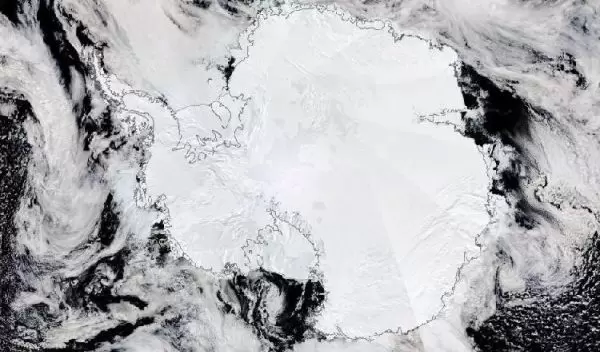
Recent changes in Antarctic sea ice are unique since early 20th century
A U.S. National Science Foundation-funded study led by Ohio University researchers shows that the increase of sea ice surrounding Antarctica since 1979 is a unique feature of the Antarctic climate not seen since 1905 -- an observation that paints a dramatic first-ever picture for weather and climate implications on the world's southernmost continent.
Climatologist Ryan Fogt and colleagues’ study, published in Nature Climate Change, is the first to detail sea ice surrounding the entire continent though all four seasons over the last century. Weather, especially winds and temperatures, contributed to the sea ice changes.
Previous historical estimates of Antarctic sea ice, before satellite measurements began around 1979, were obtained mostly through a small number of weather stations across the vast continent, human observation along the ice edges, and ice core and ocean sediment samples. However, these estimates all have limitations -- most were observing sea ice conditions in a small area or at a specific time of the year.
At the heart of a statistical reconstruction model is the strong connection Antarctic sea ice shares with regional and large-scale climate variability, captured through a network of 30 long-term temperature and pressure observations across the Southern Hemisphere. The study has nearly tripled the length of observed data about the continent. These data also look at the entire continent, instead of a specific region, and provide a year-round view, rather than an annual average.
"This reconstruction of Antarctic sea ice back through the 20th century gives us detail not only for every season, but for different regions around the whole of Antarctica," Fogt said. "When we sum it up, it gives us the first complete estimate of total Antarctic sea ice extent -- how far away the sea ice reaches from the continent -- back through the 20th century."


